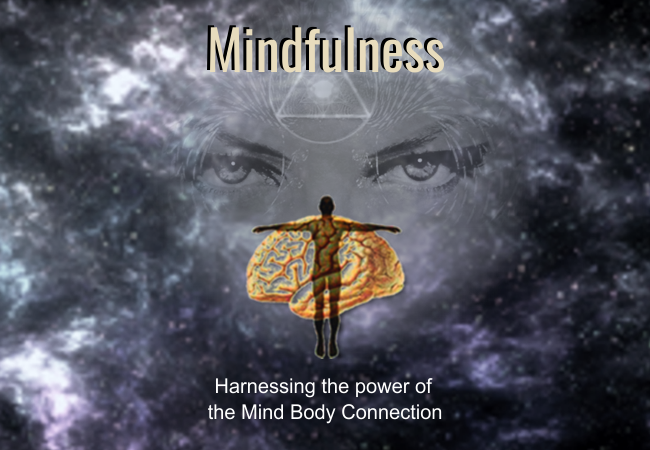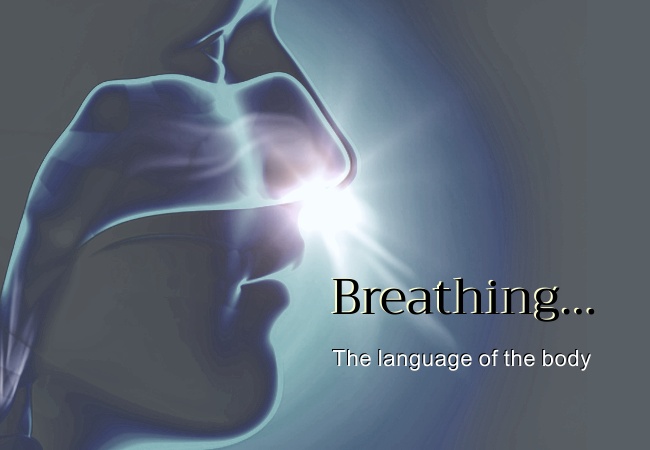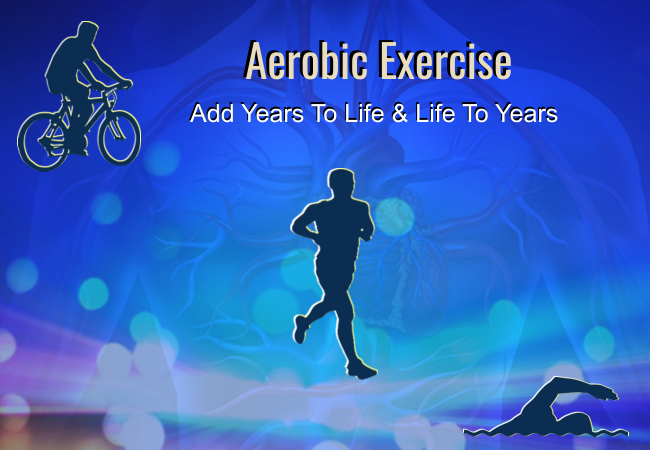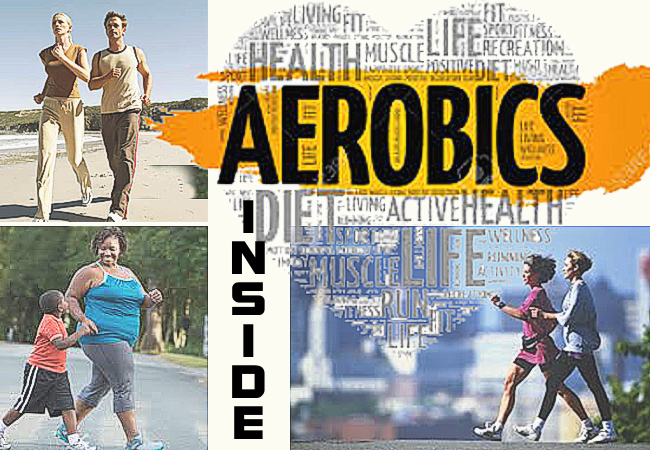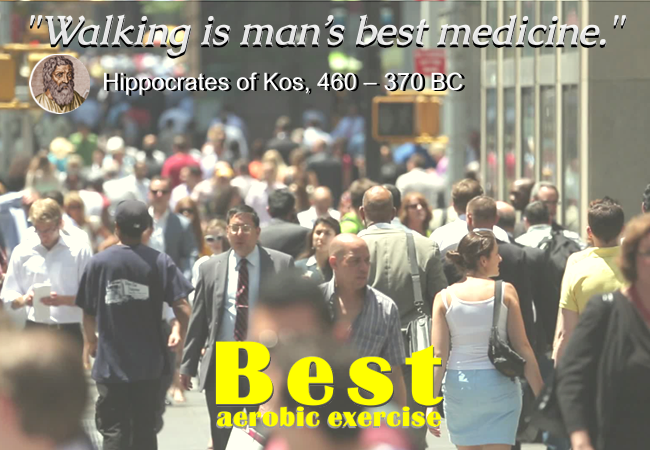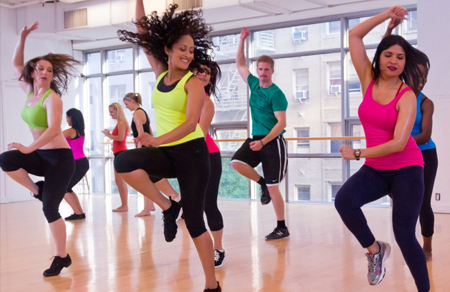"High-intensity exercise can be a barrier for so many people.
By participating in lower-intensity exercise, you can increase your motivation and still enhance your physical and psychological health.
Lower-intensity exercise such as walking, swimming or running are all beneficial in improving mood, satisfaction and happiness."
 Rhonda Cohen
Rhonda Cohen,
PhD, MSc, BA,PGCHE, CPsychol,CSci, HCPC, AFBPsS.
Head of the London Sport Institute (LSI) at Middlesex University.

